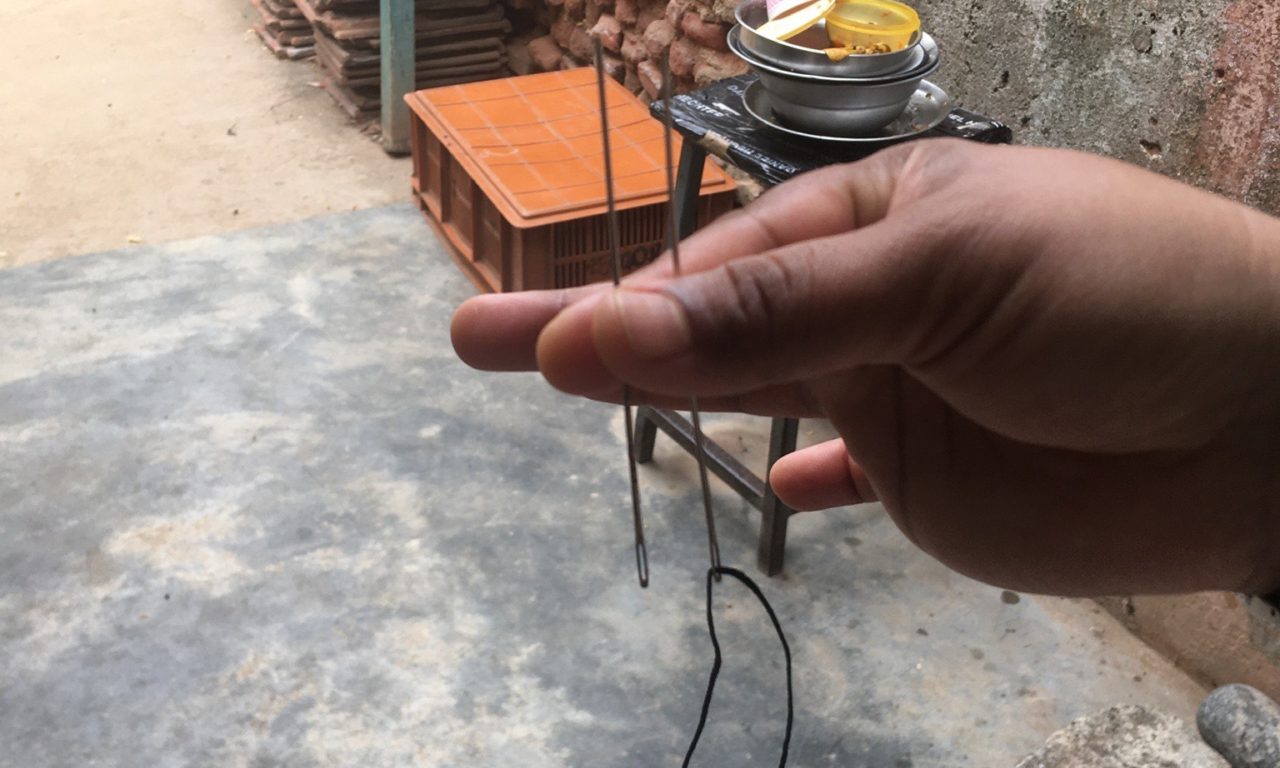The ILO Home Work Convention 1996 defines a homeworker thus: “a homeworker carries out paid work ‘in his or her home or in other premises of his or her choice, other than the workplace of the employer … (to produce) ‘a product or service as specified by the employer.”
Homeworkers, mainly women, are often engaged in informal tiers of fashion and footwear supply chains beyond the factory. Their dispersed workplaces put them out of view of auditors and inspectors, and they are hardly protected by labour laws of their country. This puts them at risk of exploitation, and they have some of the worst pay and conditions in the product value chain. The most recent ILO estimates suggest that globally (prior to the Covid-19 pandemic) 7.9% of workers (and 11.2% of women workers) were working in their own homes. CSOs have estimated that there are 37 million homworkers in India, of whom 3.5 million are in the supply chains of global brands. Yet they are seldom if ever, identified in audits carried out by and for the same brands and retailers.
In February 2021, Cividep India and Homeworkers Worldwide published a study that reviewed the effectiveness of tools and approaches that set out to increase transparency in apparel and footwear supply chains. The study identifies tools that have been successful and it suggests new tools to complement them. In this project, Cividep collaborated with Homeworkers Worldwide and Traidcraft Exchange under the EU co-funded Hidden Homeworkers Project.
The research further set the stage for the development of a toolkit for brands and civil society organizations, to increase transparency in supply chains. It is based on best practices, tools and learning gathered from 16 of the foremost practitioners, including leading apparel & footwear retailers and civil society organisations, who have implemented due diligence and transparency mechanisms in homeworker chains. The toolkit also has a set of tools in templates that can be readily used.
Our research showed that it is indeed feasible to achieve transparency, and thus traction, over homeworking and the working conditions of homeworkers in global supply chains, as already seen by the initiatives of a small number of global footwear and fashion brands. Thus the tools currently available in the public domain are effective, as confirmed in interviews with practitioners. We have identified several areas where existing tools could be updated to encompass innovations and advances in practice and areas where new tools could be helpful.
However, the greatest barrier lies in getting brands to recognize that there may be homeworking in their chains, rather than excluding them. We hope that this report and toolkit will help make the case for brands to take the first step in breaking this cycle of denial by adopting a clear Homeworker Policy and using it in due diligence to identify homeworkers in their supply chains.
Access the full report here.
Access the toolkit here.

